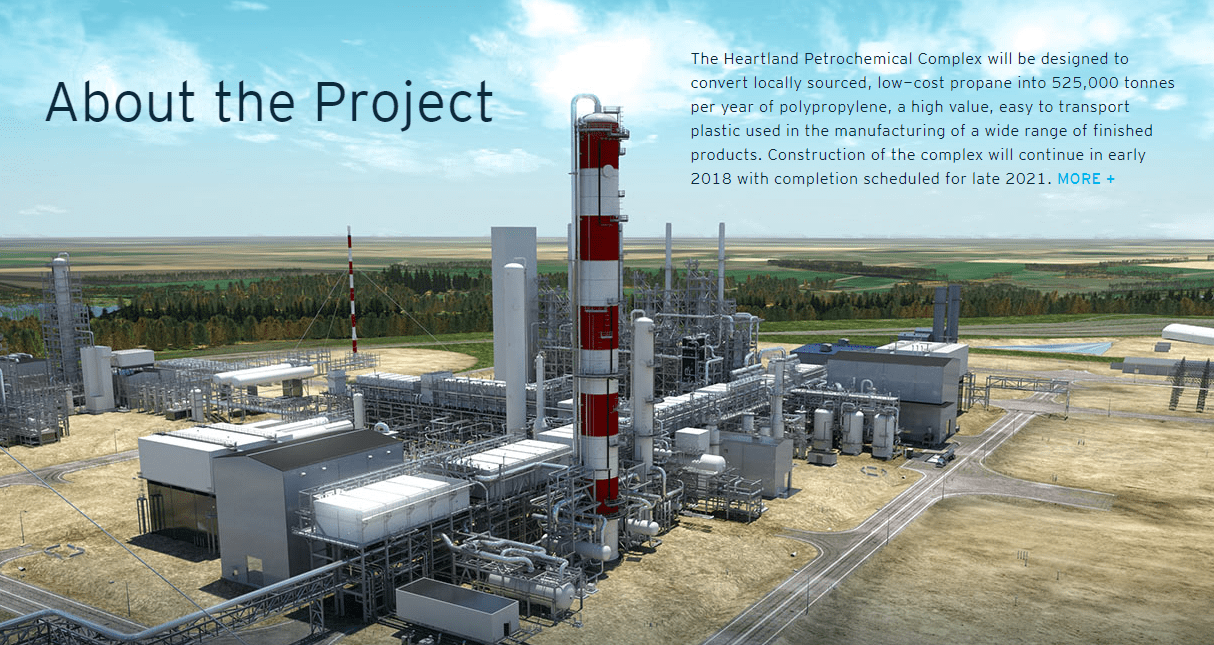The pipeline industry has been at the forefront of innovation and technological change for many decades. From finding new ways to safeguard the integrity of pipelines and reduce their environmental footprint to getting the best value for our resources, pipeline companies continue to make their mark innovating as part of their commitment to continuous improvement.
Here are some of the innovation highlights from over the last year.
High Fidelity Dynamic Sensing (HDS)
Calgary-based Hifi Engineering won the 2019 Canadian Energy Pipeline Association (CEPA) Foundation’s Innovation Award for their HDS technology, which is set to become the new global standard for pipeline monitoring. HDS uses specialized fiber optics (not to be confused with telecom fiber optics), which are fully distributed along the pipeline to sense every centimeter so operators can know exactly where a leak has occurred or where there is potential for a leak. HDS sensing is a 24/7 activity and has a level of accuracy that can detect a pinhole leak.
Satellites that keep pipelines safe
For pipeline operators, protecting pipelines from the geohazards that can cause damage is a high priority. Geohazards are geological processes—such as landslides, seismicity (earthquakes) or river erosion—that may occur in certain geographical areas.
Pipeline operators use satellite-imaging technology to detect and monitor ground movements as small as a few millimeters per month, long before they can create enough force to compromise the pipeline.
Landmark industrial complex will extract greater value for our resources
If you drive a car, wear glasses, or use a cell phone, you are most likely using a product made from polypropylene, which is a form of plastic. Inter Pipeline’s integrated propane dehydrogenation and polypropylene complex is now under construction northeast of Edmonton. The project is called the Heartland Petrochemical Complex. When completed in 2021, it will be able to convert locally-sourced, low-cost propane into 525,000 tons per year of polypropylene—a high-value, recyclable, easy-to-transport plastic used to make a vast range of finished products.


